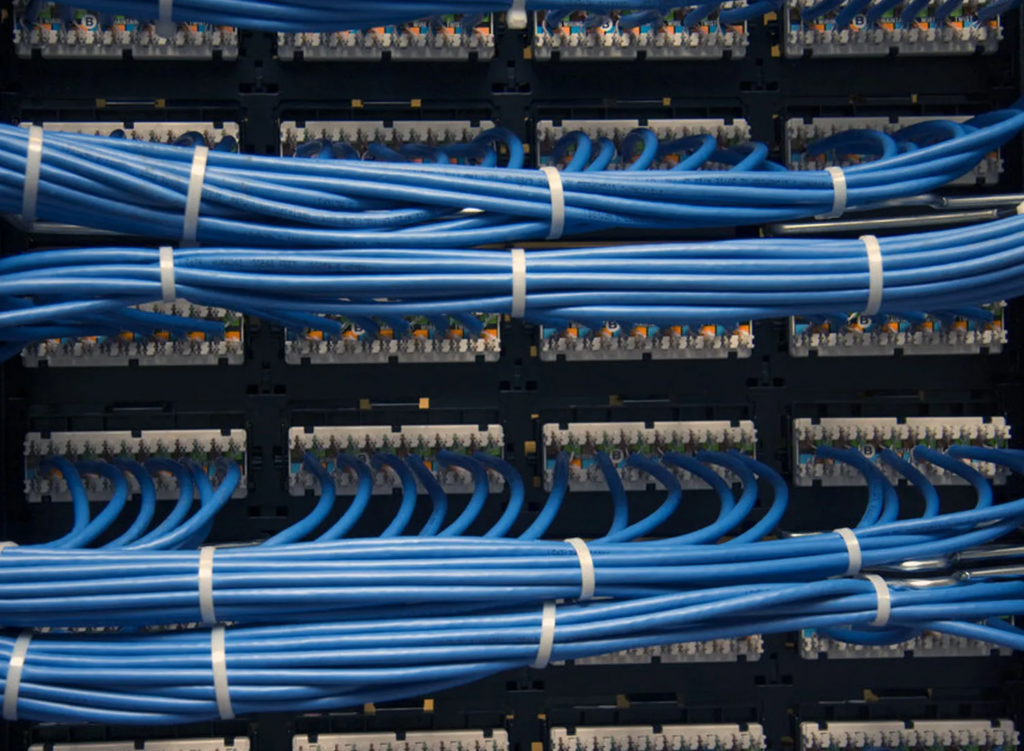At the core of every modern company lies an efficient, reliable, and secure network infrastructure. Networking is no longer just a technical support function—it’s a strategic foundation for all business operations: internal communication, data access, productivity, security, and innovation. However, for everything to run smoothly, networking must be carefully designed and executed, from physical cabling to the logical configuration of the network.
The Starting Point: Structured Cabling
Every network begins with a tangible foundation: cabling. Underestimating this phase can jeopardize the entire system’s stability.
Why is it important?
- Reliability: Poorly installed or low-quality cables can cause disruptions or interference.
- Scalability: A well-designed cabling system allows for easy expansion without needing a complete overhaul.
- Organization and maintenance: A clean and structured layout makes future interventions easier, reduces downtime, and improves safety.
What to consider:
- Material selection: cable categories (Cat5e, Cat6, Cat6a, fiber optics) based on required performance.
- Space layout: minimizing interference, avoiding contact with electrical lines, preparing pathways and rack cabinets.
- Compliance: adhering to international standards (like ANSI/TIA) and local safety regulations.
The Heart of the Network: Active Components and Configuration
Once the cabling is in place, the next phase is the installation and configuration of network devices: switches, routers, firewalls, access points, servers.
A proper configuration ensures:
- Optimal performance: traffic segmentation (VLANs), load balancing, Quality of Service (QoS).
- Security: access control, protection against external threats, isolation of critical devices.
- Monitoring: constant visibility into network operations to prevent issues and identify bottlenecks.
- Reliability and redundancy: systems that ensure continuous service even during failures.
Common Mistakes to Avoid
Many companies try to save time or money by opting for improvised or outdated solutions. The most frequent mistakes include:
- Messy or unlabelled cabling.
- Inadequate low-end hardware for actual network demands.
- Lack of redundancy (no backup plan in case of failure).
- No backups or documentation of configurations.
- Default configurations not tailored to the company’s specific needs.
The Advantages of Professional Networking
Investing in professional networking means building the digital foundation of your business. The benefits are clear:
- Higher speed and efficiency in communications and processes.
- Reduced downtime and lower maintenance costs.
- Improved user experience, for both employees and customers.
- Enhanced cybersecurity, with properly configured protocols and devices.
- Easy upgrades, with a network ready to support new technologies.
Conclusion
From the first cable laid to the final setting configured, every detail in a networking project can make or break the performance of your IT infrastructure. A well-designed network isn’t something you see—it’s something you feel: in workflow fluidity, data protection, and operational peace of mind.
Relying on experienced professionals, like EPA System, means investing in a solid, scalable, and secure network, ready to support your company’s growth—today and in the future.







